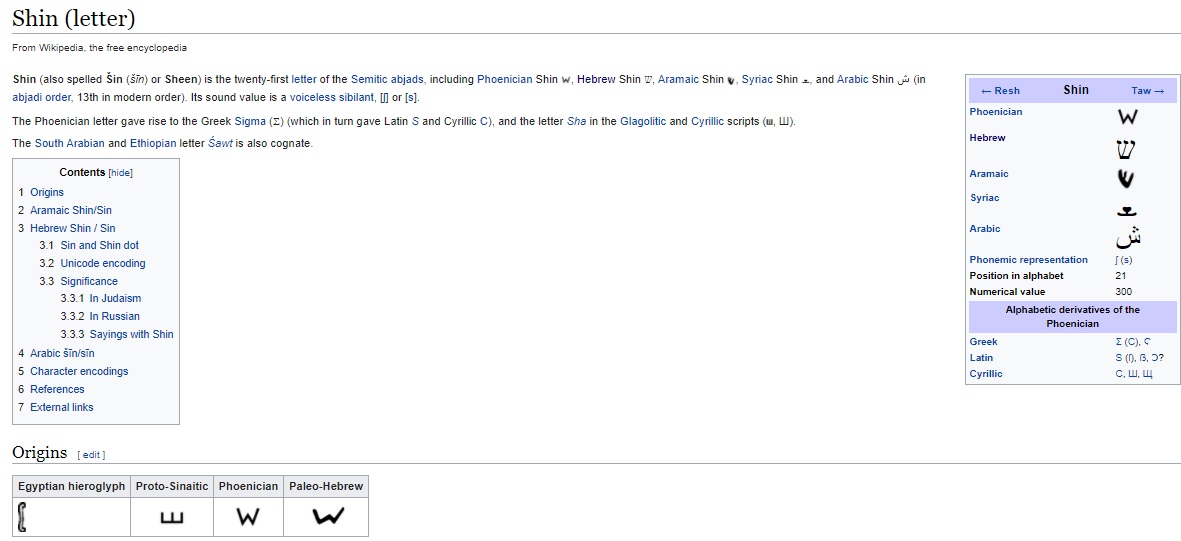

ʿaśar "ten"


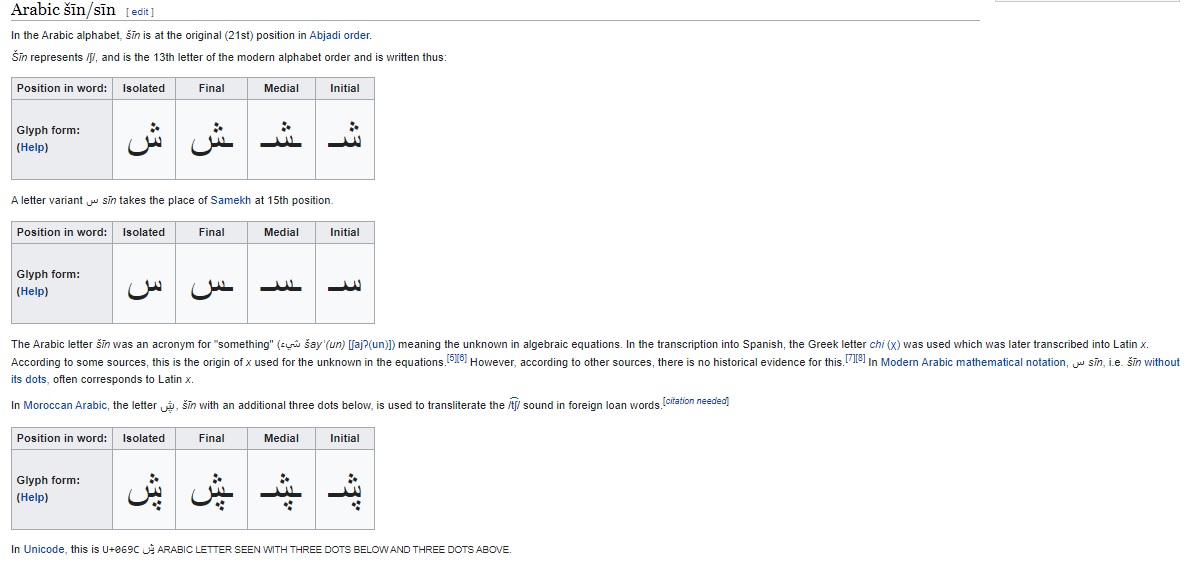
In gematria, Shin represents the number 300. The breakdown of its namesake, Shin[300] - Yodh[10] - Nunh[50] gives the geometrical meaningful number 360, which encompasses the fullness of the degrees of circles.
Shin also stands for the word Shaddai, a name for God. Because of this, a kohen (priest) forms the letter Shin with his hands as he recites the Priestly Blessing. In the mid-1960s, actor Leonard Nimoy used a single-handed version of this gesture to create the Vulcan hand salute for his character, Mr. Spock, on Star Trek.
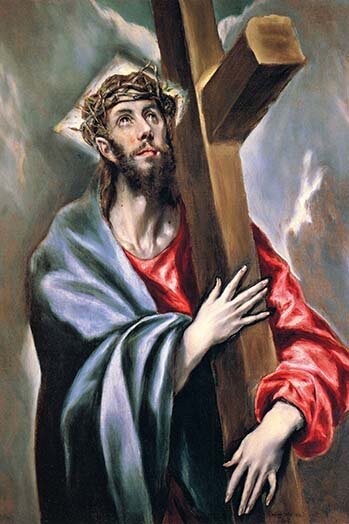

The letter Shin is often inscribed on the case containing a mezuzah, a scroll of parchment with Biblical text written on it. The text contained in the mezuzah is the Shema Yisrael prayer, which calls the Israelites to love their God with all their heart, soul, and strength. The mezuzah is situated upon all the doorframes in a home or establishment. Sometimes the whole word Shaddai will be written.
The Shema Yisrael prayer also commands the Israelites to write God's commandments on their hearts (Deut. 6:6); the shape of the letter Shin mimics the structure of the human heart: the lower, larger left ventricle (which supplies the full body) and the smaller right ventricle (which supplies the lungs) are positioned like the lines of the letter Shin.
A religious significance has been applied to the fact that there are three valleys that comprise the city of Jerusalem's geography: the Valley of Ben Hinnom, Tyropoeon Valley, and Kidron Valley, and that these valleys converge to also form the shape of the letter shin, and that the Temple in Jerusalem is located where the dagesh (horizontal line) is. This is seen as a fulfillment of passages such as Deuteronomy 16:2 that instructs Jews to celebrate the Pasach at "the place the LORD will choose as a dwelling for his Name" (NIV).
In the Sefer Yetzirah the letter Shin is King over Fire, Formed Heaven in the Universe, Hot in the Year, and the Head in the Soul.
The 13th-century Kabbalistic text Sefer HaTemunah, holds that a single letter of unknown pronunciation, held by some to be the four-pronged shin on one side of the teffilin box, is missing from the current alphabet. The world's flaws, the book teaches, are related to the absence of this letter, the eventual revelation of which will repair the universe.
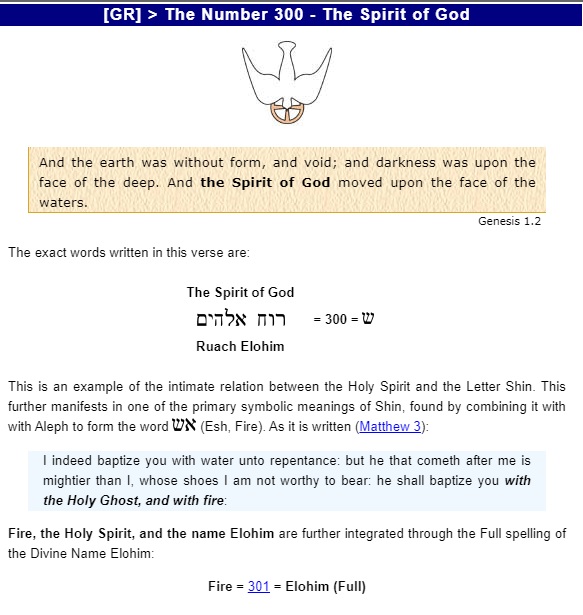
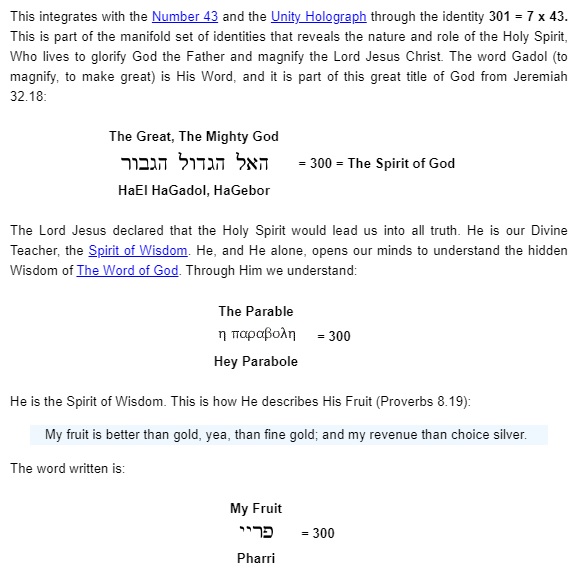
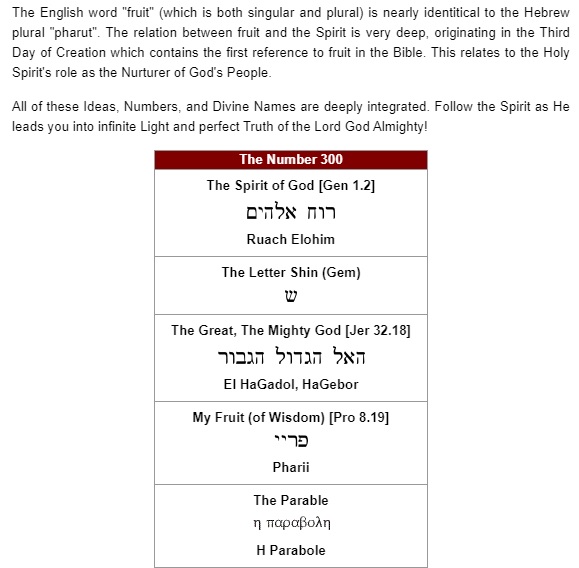
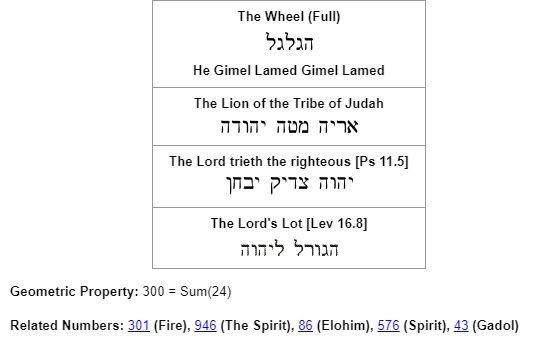

Eytomology of "Exodus", the Book of Names
In Judaism , the book is called Sefer Shemot (ספר שמות), which means "Book of Names", according to the Hebrew original . The name is derived from the first words of the book Shemot ("name", שמות). The naming after direct or most significant initial words is linked to their use as Parascha or Sidra (“week segment”) for reading the Torah (“instruction, teaching”) in the synagogue in Judaism.
The Latin name Exodus is derived from the Greek Ἔξοδος ("exodus"), which means the exodus of the Israelites from slavery under Egyptian rule.
The German name of 2 Book of Mose goes back to Martin Luther's translation of the Bible and follows the other traditional Jewish and church usage, which traditionally names Moses as the author.

The goal of the Shin path, or at least the practicer's present life, is the attainment of shinjin in the Other Power of Amida. Shinjin is sometimes translated as "faith", but this does not capture the nuances of the term and it is more often simply left untranslated.[8] The receipt of shinjin comes about through the renunciation of self-effort in attaining enlightenment through tariki. Shinjin arises from jinen (自然 naturalness, spontaneous working of the Vow) and cannot be achieved solely through conscious effort. One is letting go of conscious effort in a sense, and simply trusting Amida Buddha, and the nembutsu.
For Jōdo Shinshū practitioners, shinjin develops over time through "deep hearing" (monpo) of Amitābha's call of the nembutsu. According to Shinran, "to hear" means "that sentient beings, having heard how the Buddha's Vow arose—its origin and fulfillment—are altogether free of doubt."[9] Jinen also describes the way of naturalness whereby Amitābha's infinite light illumines and transforms the deeply rooted karmic evil of countless rebirths into good karma. It is of note that such evil karma is not destroyed but rather transformed: Shin stays within the Mahayana tradition's understanding of śūnyatā and understands that samsara and nirvana are not separate. Once the practitioner's mind is united with Amitābha and Buddha-nature gifted to the practitioner through shinjin, the practitioner attains the state of non-retrogression, whereupon after his death it is claimed he will achieve instantaneous and effortless enlightenment. He will then return to the world as a Bodhisattva, that he may work towards the salvation of all beings.

No comments:
Post a Comment
Note: Only a member of this blog may post a comment.